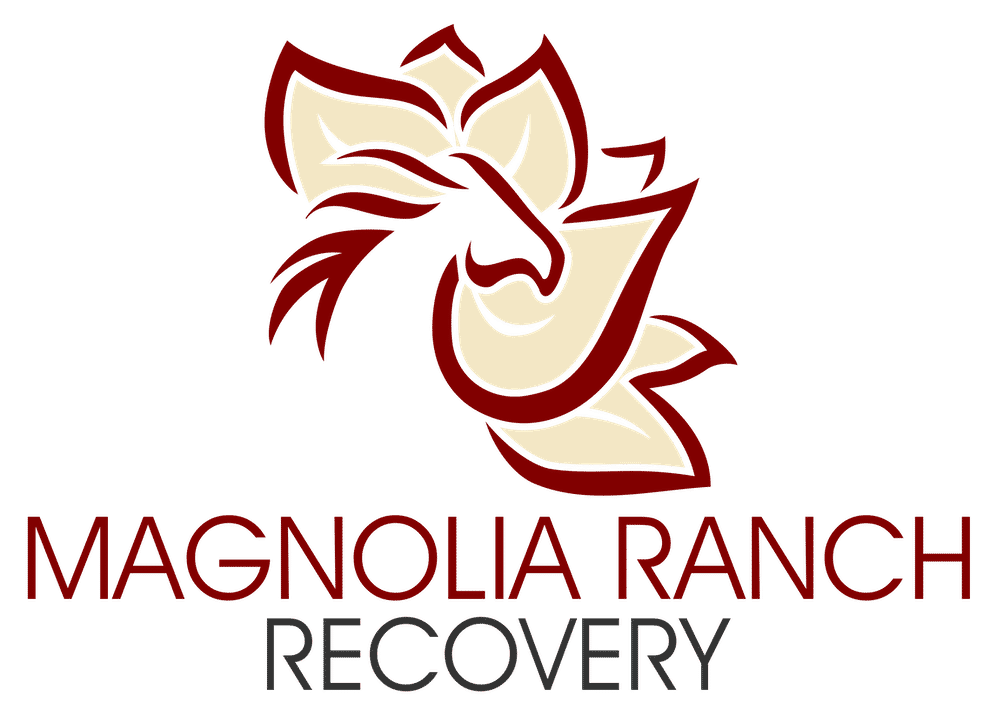
Eating disorders and substance abuse are two serious issues that can have devastating effects on an individual’s physical and mental health. While they may seem like separate problems, there is a strong relationship between the two that often goes unnoticed. This post will explore the connection between eating disorders and substance abuse, examining how they can co-occur and the underlying factors that contribute to their comorbidity.
Eating disorders and substance abuse often co-occur, with individuals struggling with one issue being at a higher risk of developing the other. The relationship between these two disorders is complex and multifaceted, involving biological, psychological, and social factors. Understanding this relationship is crucial for developing effective prevention and treatment strategies for individuals facing these challenges.
Factors Contributing to Eating Disorders
Biological: Recent findings from behavior genetic studies suggest that a biological vulnerability might be genetic in nature. Furthermore, family studies have shown a strong genetic influence on a disorder by establishing clusters amongst biologically related individuals. Controlled family studies have generally found increased rates of eating disorders in relatives of women with Anorexia and Bulimia.
Psychological: Individuals with Anorexia and Bulimia exhibit characteristic personality traits including high levels of stress reactivity, negative emotionality, and harm avoidance. Additionally, evidence shows strong connections between Major Depressive Disorder and various types of Anxiety as playing a major part in contributing to the development of Bulimia and Anorexia.
Social Factors: Eating disorders have various social causes. Pressure from societal beauty standards and the emphasis on thinness can contribute to the development of disordered eating patterns. Media portrayal of unrealistic body ideals, social comparison, and bullying related to appearance can also play a role. Additionally, family dynamics, relationships, and cultural influences can impact an individual’s perception of their body and food.
Types of Eating Disorders
Eating disorders are behavioral conditions characterized by severe and persistent disturbance in eating behaviors and associated distressing thoughts and emotions. They can be very serious conditions affecting physical, psychological and social function. Types of eating disorders that most commonly coincide with substance abuse include anorexia nervosa, bulimia nervosa, binge eating disorder, avoidant restrictive food intake disorder.
Anorexia Nervosa: Anorexia nervosa is characterized by self-starvation and weight loss resulting in low weight for height and age. Anorexia has the highest mortality of any psychiatric diagnosis other than opioid use disorder and can be a very serious condition. Body mass index or BMI, a measure of weight for height, is typically under 18.5 in an adult individual with anorexia nervosa.
Bulimia Nervosa: Individuals with bulimia nervosa typically alternate dieting or eating only low calorie “safe foods” with binge eating on “forbidden” high calorie foods. Binge eating is defined as eating a large amount of food in a short period of time associated with a sense of loss of control over what, or how much one is eating.
Binge Eating Disorder: As with bulimia nervosa, people with binge eating disorder have episodes of binge eating in which they consume large quantities of food in a brief period, experience a sense of loss of control over their eating and are distressed by the binge behavior. Unlike people with bulimia nervosa however, they do not regularly use compensatory behaviors to get rid of the food by inducing vomiting, fasting, exercising or laxative misuse.
Avoidant Restrictive Food Intake Disorder (ARFID): ARFID is a recently defined eating disorder that involves a disturbance in eating resulting in persistent failure to meet nutritional needs and extreme picky eating. In ARFID, food avoidance or a limited food repertoire can be due to one or more of the following:
- Low appetite and lack of interest in eating or food.
- Extreme food avoidance based on sensory characteristics of foods e.g. texture, appearance, color, smell.
- Anxiety or concern about consequences of eating, such as fear of choking, nausea, vomiting, constipation, an allergic reaction, etc.
The Relationship Between Eating Disorders and Substance Abuse
Co-Occurrence: Research has shown that individuals with eating disorders are more likely to engage in substance abuse, and vice versa. For example, individuals with bulimia nervosa or binge eating disorder may turn to substances like drugs or alcohol to cope with their emotions or to suppress their appetite. On the other hand, individuals with substance abuse issues may develop disordered eating patterns as a result of the effects of the substances on their appetite and metabolism.
Underlying Factors: Both eating disorders and substance abuse are often driven by similar underlying factors, such as low self-esteem, trauma, genetics, and environmental influences. Individuals may use substances or engage in disordered eating behaviors as a way to cope with negative emotions or traumatic experiences, leading to a cycle of self-destructive behavior.
Shared Risk Factors: There are also shared risk factors that contribute to the development of both eating disorders and substance abuse, such as perfectionism, impulsivity, and a history of trauma or abuse. These risk factors can increase an individual’s vulnerability to developing either disorder, and when combined, can exacerbate the severity of both issues.
Treating Eating Disorders and Substance Abuse
Treating both eating disorders and substance abuse requires a comprehensive treatment approach. Simultaneous treatment of eating disorders and substance abuse allows for a more holistic and effective approach to addressing these complex conditions. Integrated treatment programs that combine therapy, nutritional counseling, and substance abuse treatment can help individuals develop healthier coping mechanisms, improve self-esteem, and break the cycle of destructive behaviors.
Several evidence-based treatment approaches, such as dialectical behavior therapy (DBT) and cognitive-behavioral therapy (CBT), have been shown to be effective in treating individuals with co-occurring eating disorders and substance abuse. These therapies help individuals develop skills to manage emotions, improve self-image, and resist the urge to engage in harmful behaviors.
In Conclusion
In conclusion, the relationship between eating disorders and substance abuse is a complex and interwoven one that requires a comprehensive approach to treatment and prevention. By understanding the underlying factors that contribute to the co-occurrence of these disorders, healthcare professionals can develop targeted interventions that address the root causes of these issues. It is essential to provide individuals struggling with eating disorders and substance abuse with the support and resources they need to heal and recover, addressing both their physical and psychological well-being. Only through a holistic and integrated approach can we effectively help individuals break free from the cycle of self-destructive behaviors and achieve lasting recovery.
If you or someone you know is struggling with substance abuse related to an eating disorder, give Magnolia Ranch Recovery a call today. We are here to help.


















